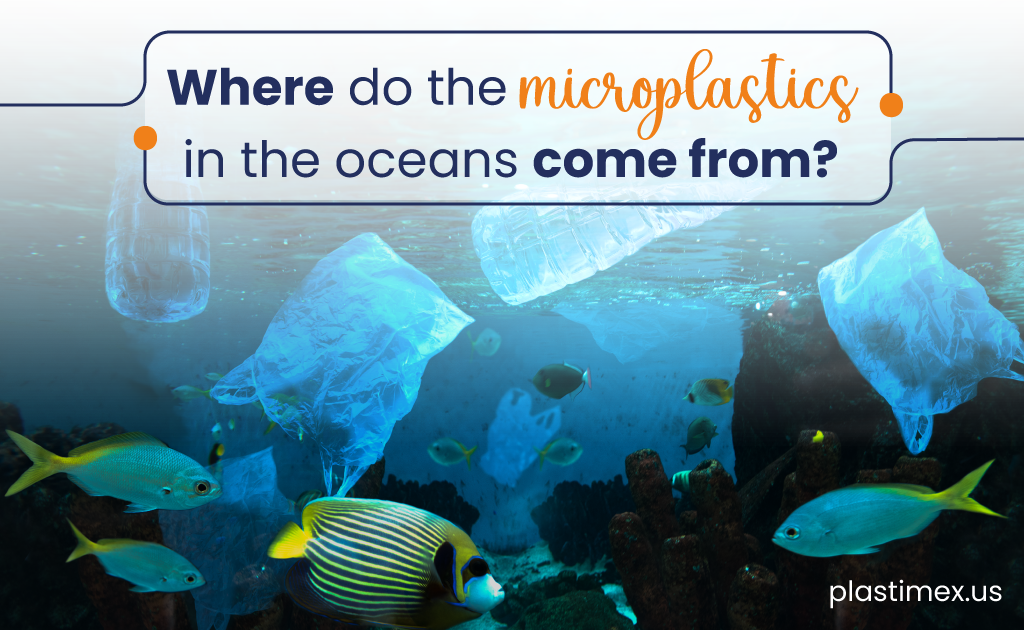Plastic pollution is one of the biggest environmental challenges of our time. In recent years, concern about the presence of microplastics in the oceans has increased considerably. Microplastics are defined as tiny pieces of plastic less than 5 millimeters in diameter that harm marine ecosystems and human health. This contaminant can be generated through the breakdown of larger waste, synthetic fibers from clothing, and microspheres from personal care products. We explain the main sources of microplastics in the oceans and their terrible impact.
Where do microplastics come from?
Larger plastic debris decomposes over time. One of the main sources of microplastics in the oceans is larger plastic debris that has decomposed over time. When plastic items like bags, bottles, and fishing gear are discarded in the ocean, they are exposed to sunlight, waves, and marine life. This exposure causes the plastic to break down into smaller and smaller pieces, eventually becoming microplastics. These microplastics can remain in the ocean for many years, posing a significant threat to marine life.
Synthetic clothing fibers. Another major source of microplastics in the ocean is synthetic fibers in clothing. Many types of synthetic fabrics, such as polyester and nylon, shed tiny fibers when washed. These fibers are too small to be caught by filters in washing machines and wastewater treatment plants and can end up in rivers and oceans. Studies have shown that microfibers from clothing make up a significant portion of microplastics in the ocean.
Microspheres of personal care products. Microbeads are tiny plastic beads that are used in many personal care products such as scrubs, toothpaste, and body washes. When these products are used and washed down the drain, the microspheres are too small to be filtered out by wastewater treatment plants and end up in rivers and oceans. Microspheres have even been found in certain areas of the ocean, where they can be ingested by marine life.
The impact of microplastics on marine ecosystems
Microplastics pose a significant threat to marine life, as they can be ingested by small organisms and accumulate in the food chain, eventually reaching marine animals that humans consume. Ingestion of microplastics can cause physical damage to the digestive tracts of marine animals, leading to starvation or death. Additionally, microplastics can also contain toxic substances that can be harmful to marine life and humans.
How do microplastics affect human health?
Microplastics can negatively affect human health in many ways. These tiny plastic particles can be ingested through sea food and contaminated water, causing physical damage and a buildup of toxic substances. Microplastics can also be inhaled, which causes respiratory problems, directly affecting the lungs. This material can also cause dermatological problems through personal care products, as the harmful chemicals are absorbed through the skin. Additionally, exposure to plastic pollution can cause psychological effects such as anxiety and depression.

